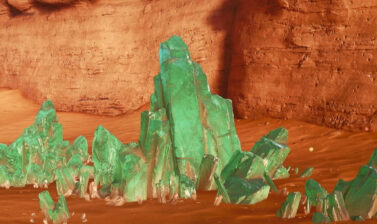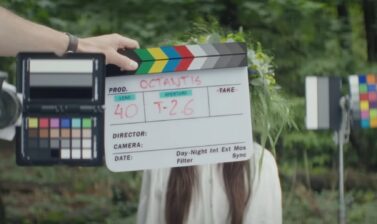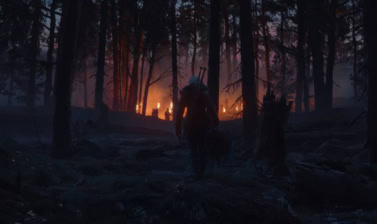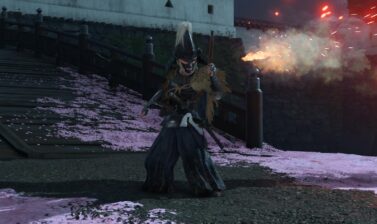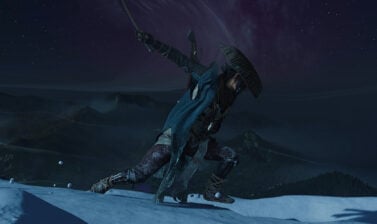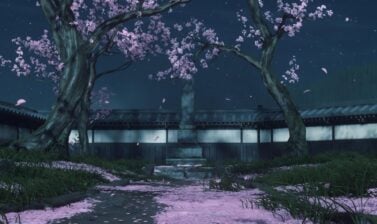From the visually stunning Witcher 4 tech demo featuring brief gameplay, we learned new key lore details and saw the introduction and return of some characters and backstories.
Epic hosted a live event today to showcase and promote a number of impressive new features for their Unreal Engine. The show started with a tech demo from the upcoming fourth game in The Witcher series.
In this article I would like to focus your attention more on the details about the world we will get to explore and the locations and characters we saw and heard about in the tech demo.
Note that the video was just a technical demo. It may or may not exactly represent an actual location we will be able to visit in the full game. Now, let’s break it down.
The story in the demo
The tech demo starts with a night scene of a Manticore attacking a wagon and a few unknown for the moment characters. The wagons were transporting (smuggling) salt. Yeah, that famous Koviri salt.
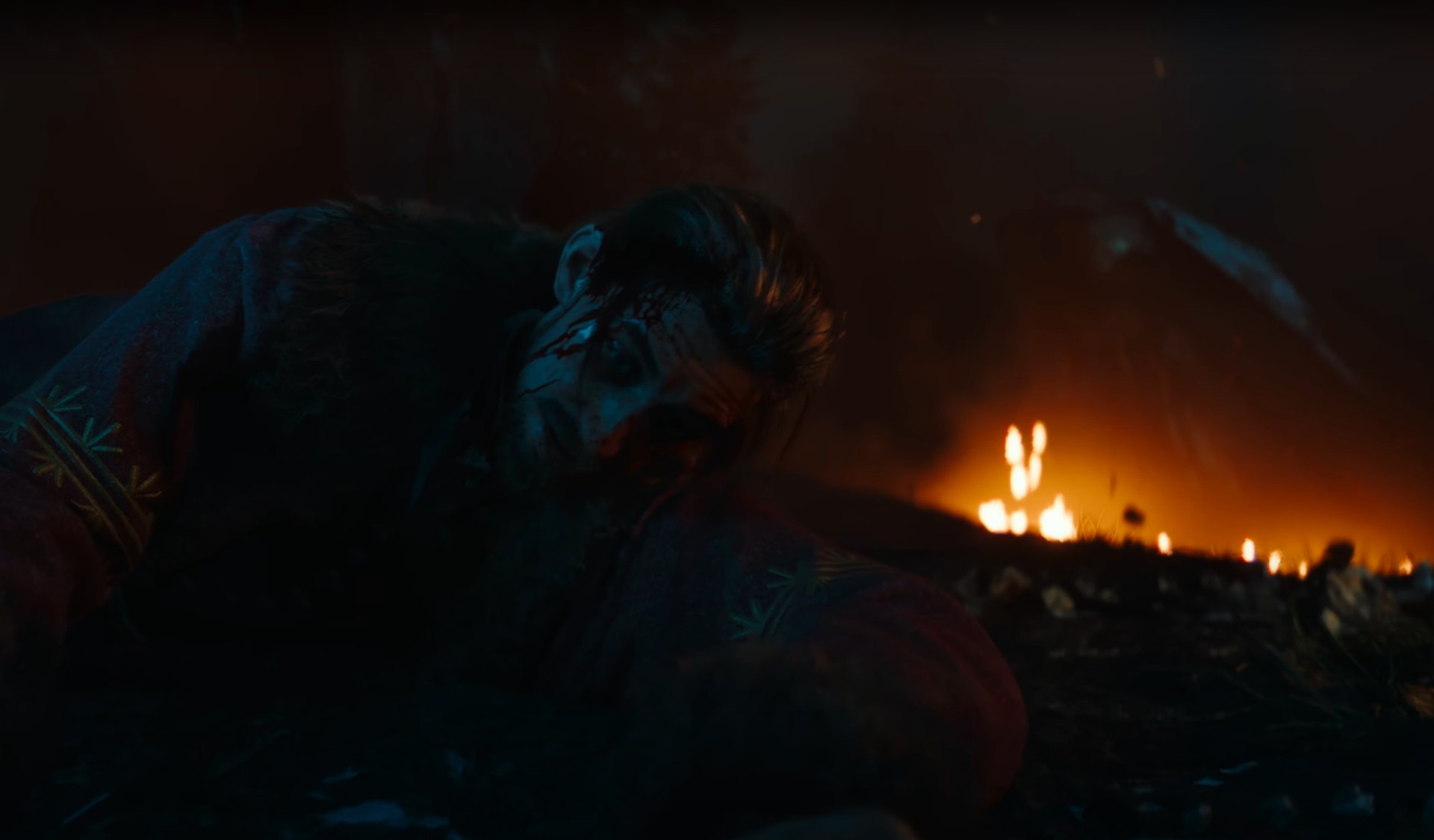
Ciri discovers what was left of the humans some time after the attack and picks up a coin, which she later uses as a proof of the fate of the smugglers.
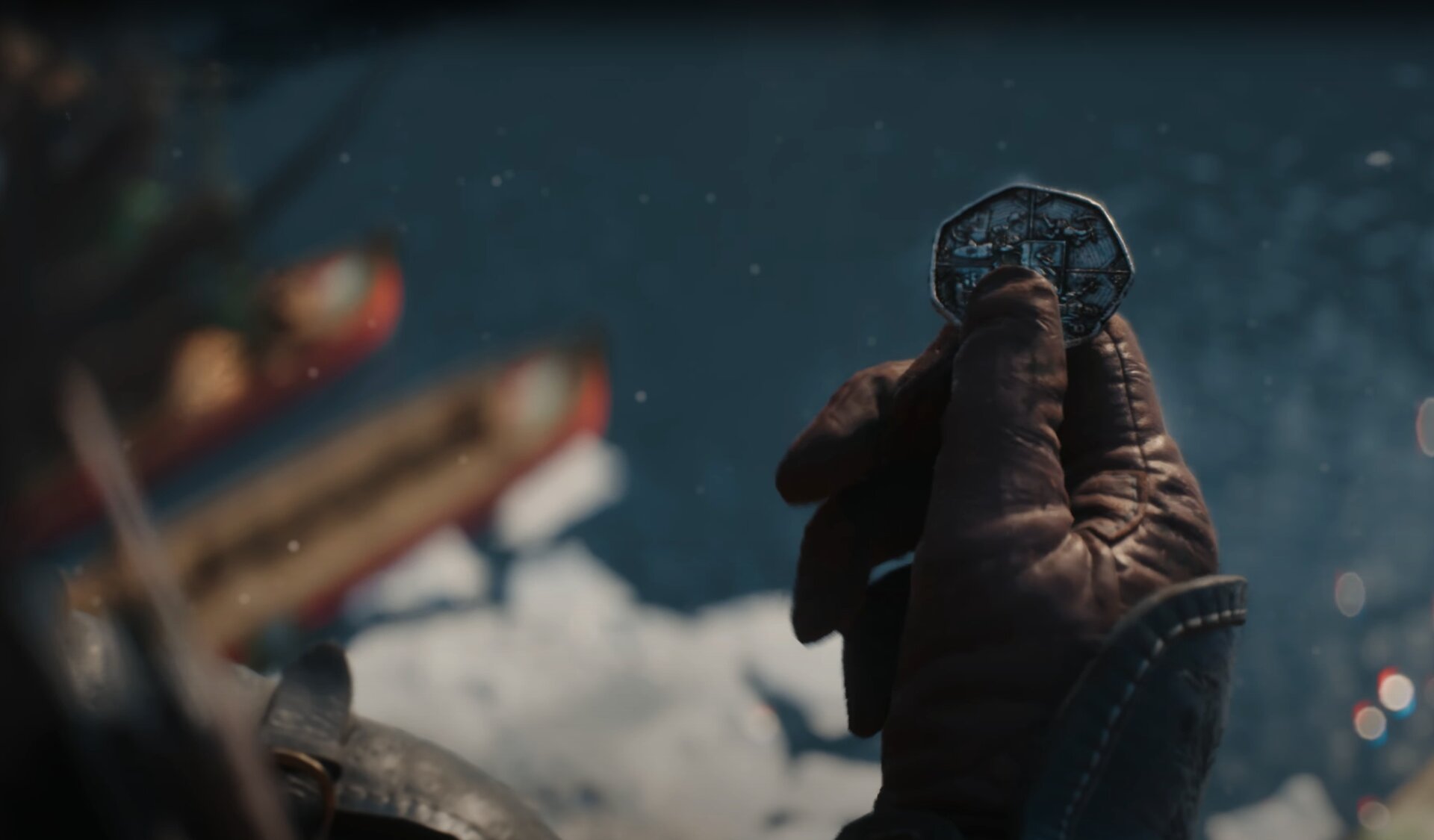
In a conversation with the “quest giver” Ciri meets later in a port town called Valdrest, she reveals that her interests lie not with Kovir’s smuggling trade, but with the Manticore that flattened the carts and devoured his men.
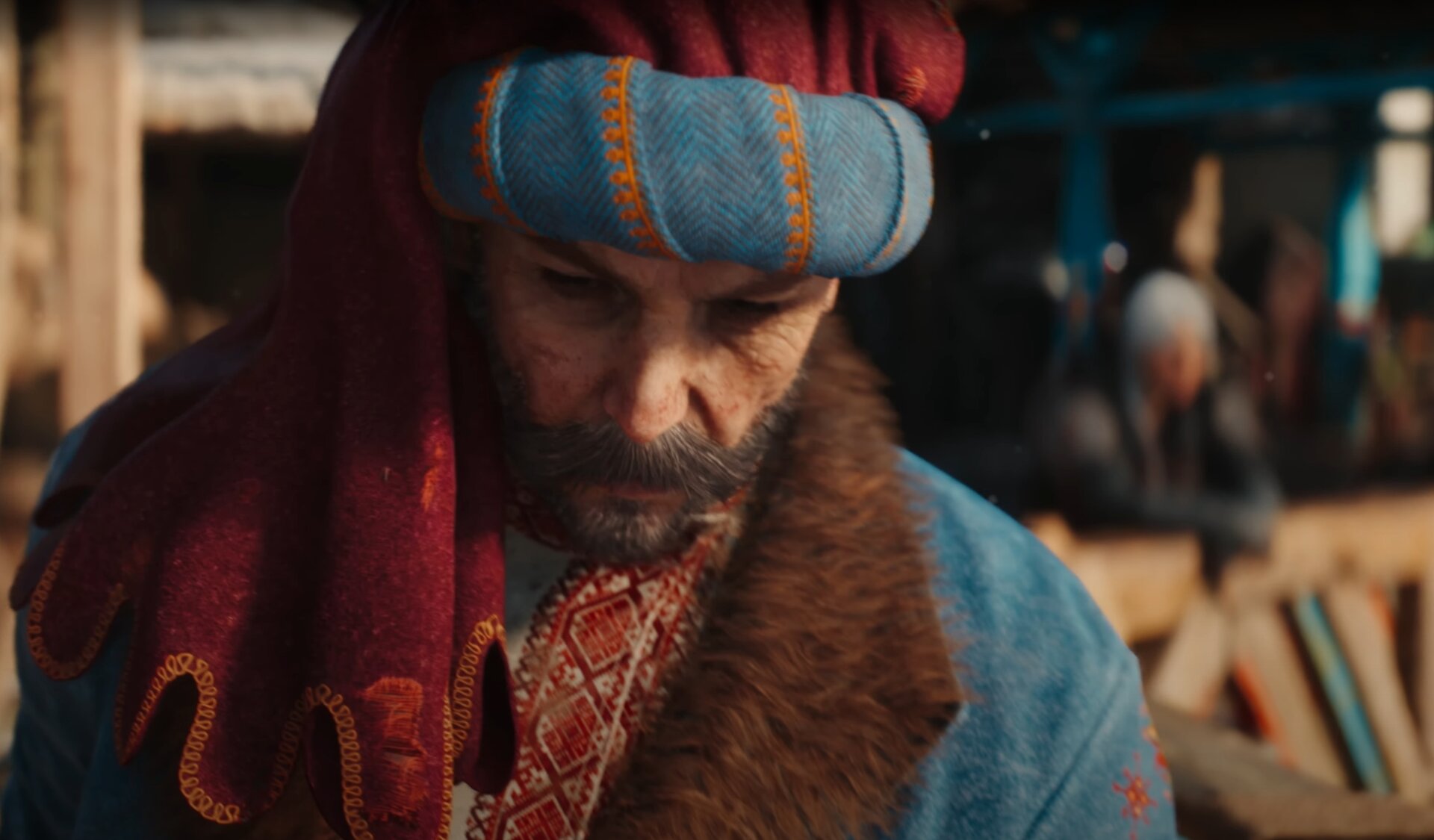
Earlier in the tech demo, we witnessed Ciri discovering the treasure chest with many of the coins and other valuables still inside.
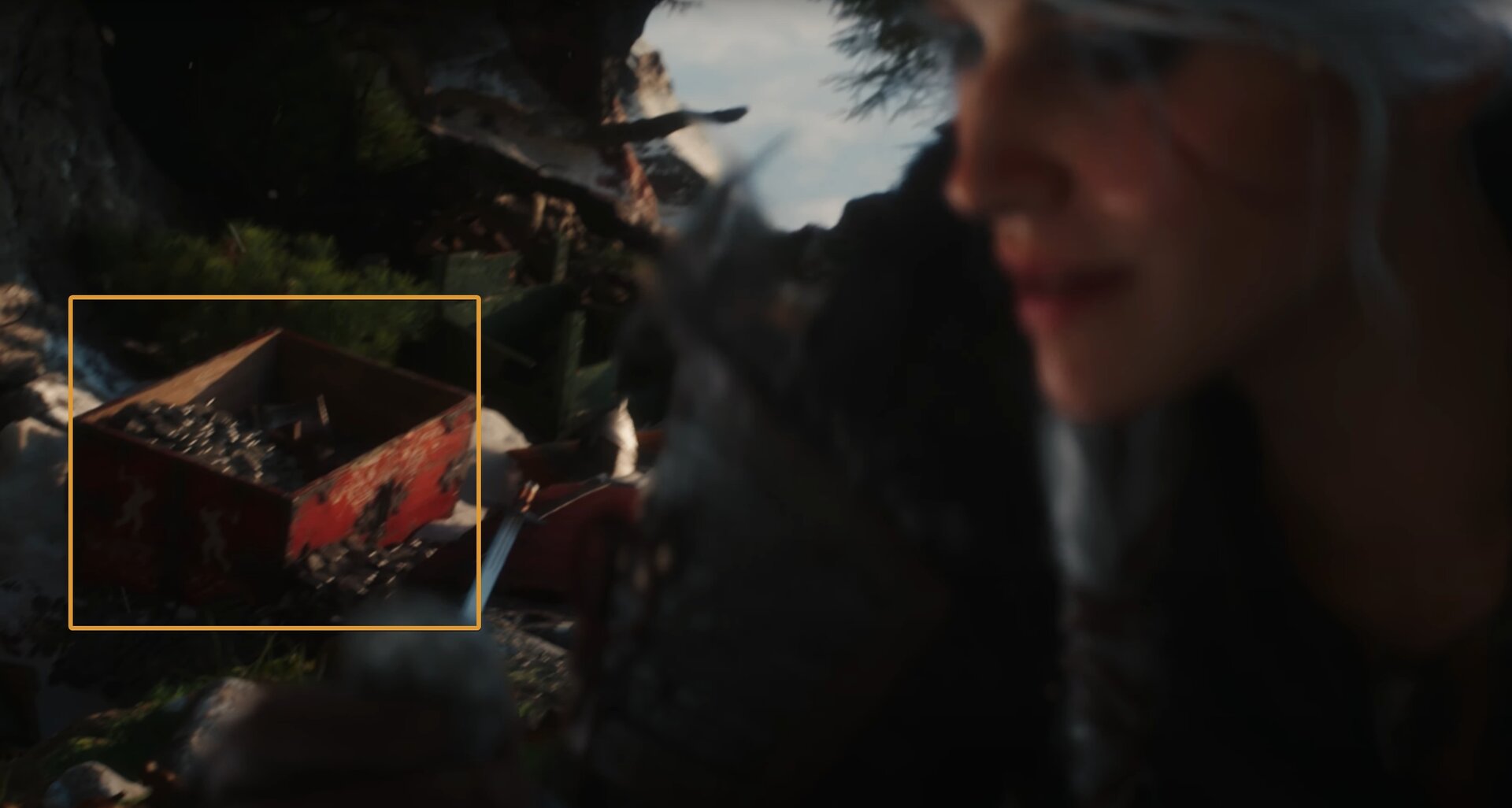
Her comment suggests that her contractor or “quest giver” (could not pick up his name) sent her looking for his lost transport, but did not tell her the truth of what they were transporting.
Welcome to Kovir
The entire demo takes place in Kovir. Kovir is a mountainous region in the far north of the Continent. The full name of this kingdom is actually “Kovir and Poviss”. It used to be under Redania’s rule a few generations ago.

King Radovid The Great (the first Radovid) gave Kovir, initially seen as cold rocky and useless piece of land, to his hated brother Troyden. At this point, Kovir was the worst and poorest place in the world. This “gift” was meant as an insult.
Under the mountainous terrain however, Kovid was hiding large deposits of valuable mineral resources, which became a reason for aggression and later transformed the kingdom into the wealthiest in the entire world.
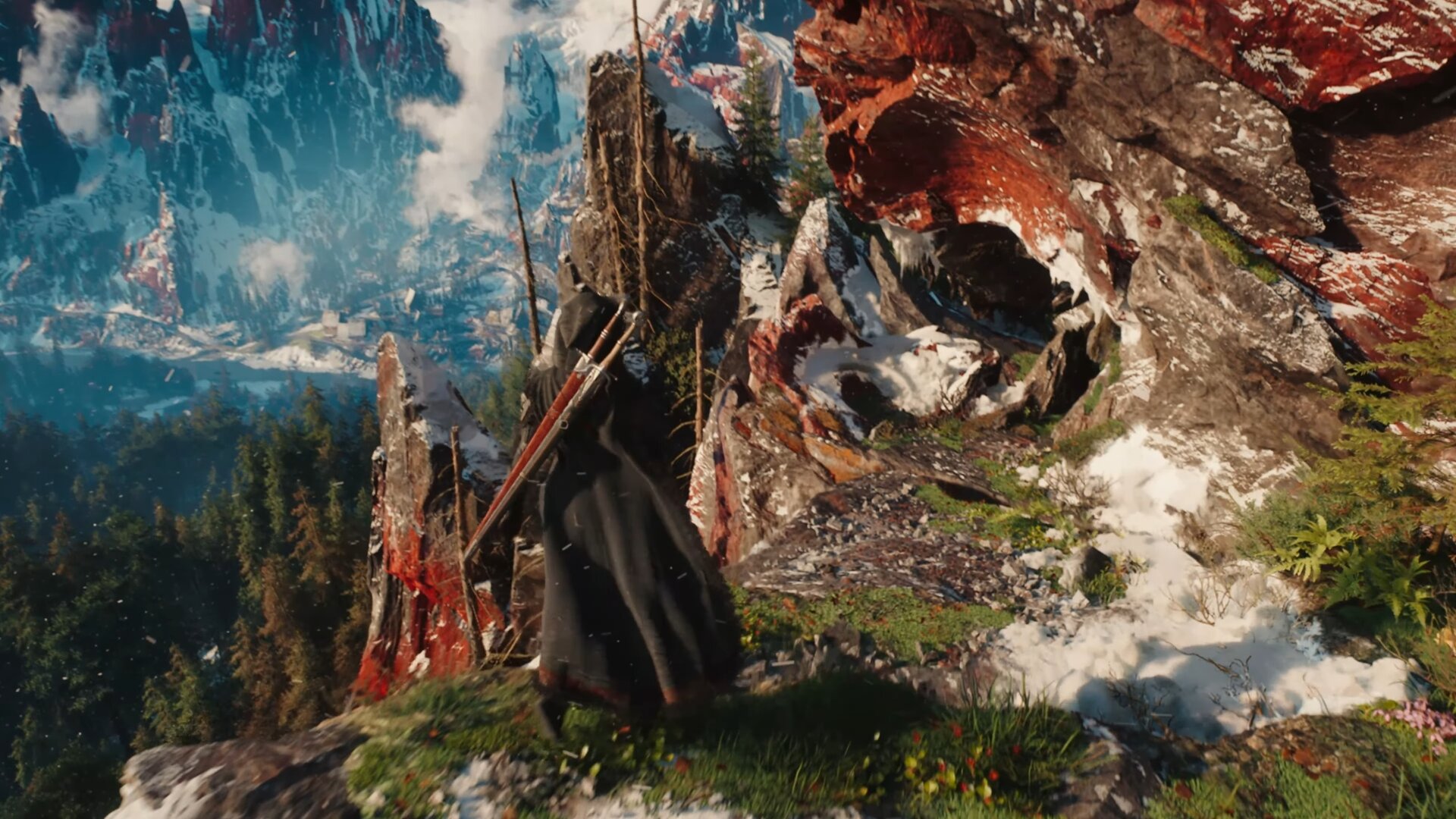
Upon learning of the discovery of the treasures this earth hides, Radovid the Third attempts to take back Kovir with the help from his ally Kaedwen, but is not successful and is forced to sign a treaty, which gives Kovir its independence.
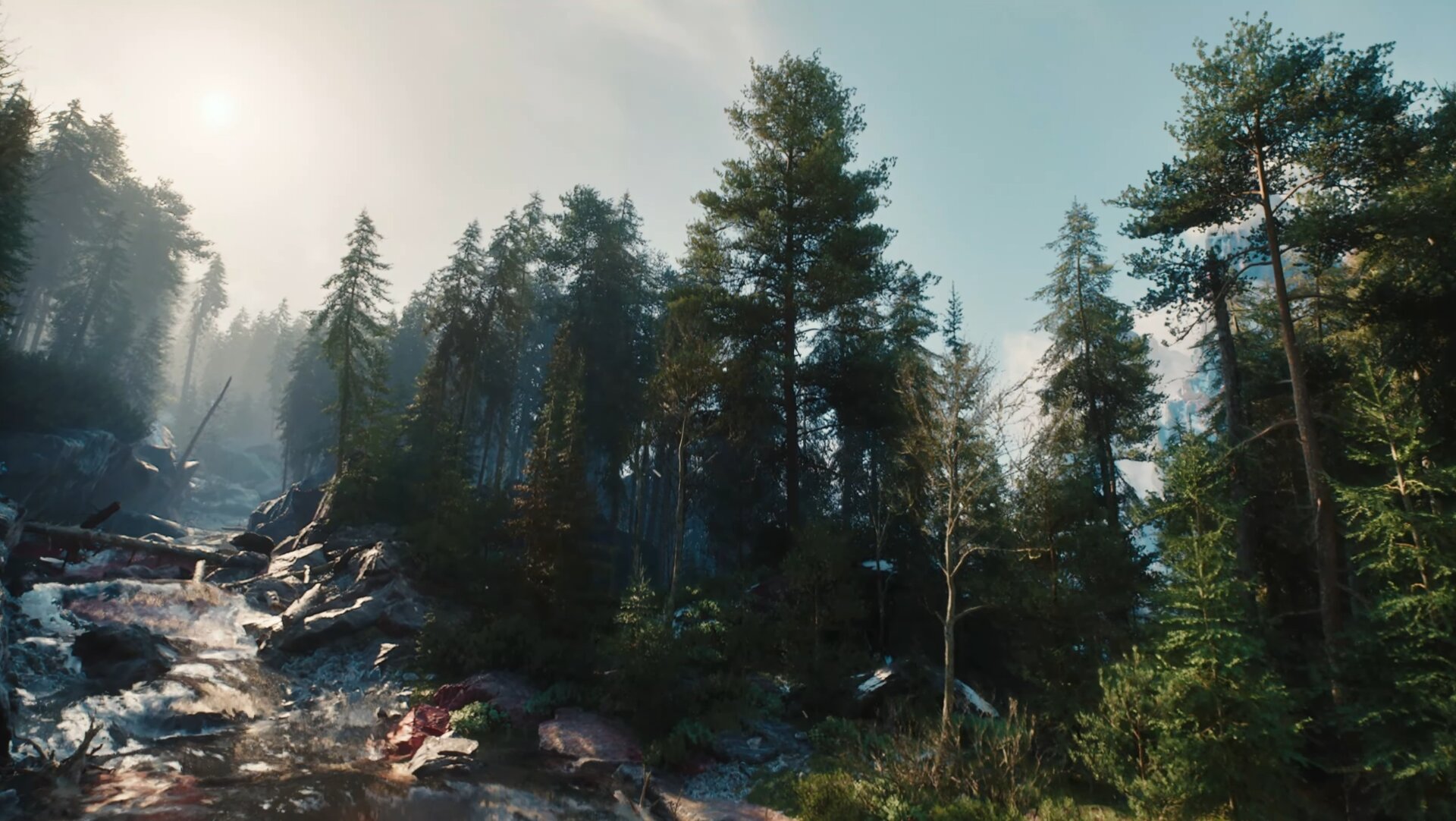
Kovir is by far the richest and wealthiest of all Northern Kingdoms. It is the largest exporter of minerals in the world of the Witcher. Part of the wealth of the kingdom is because they managed to keep their neutrality during all of the Nilfgaardian wars.
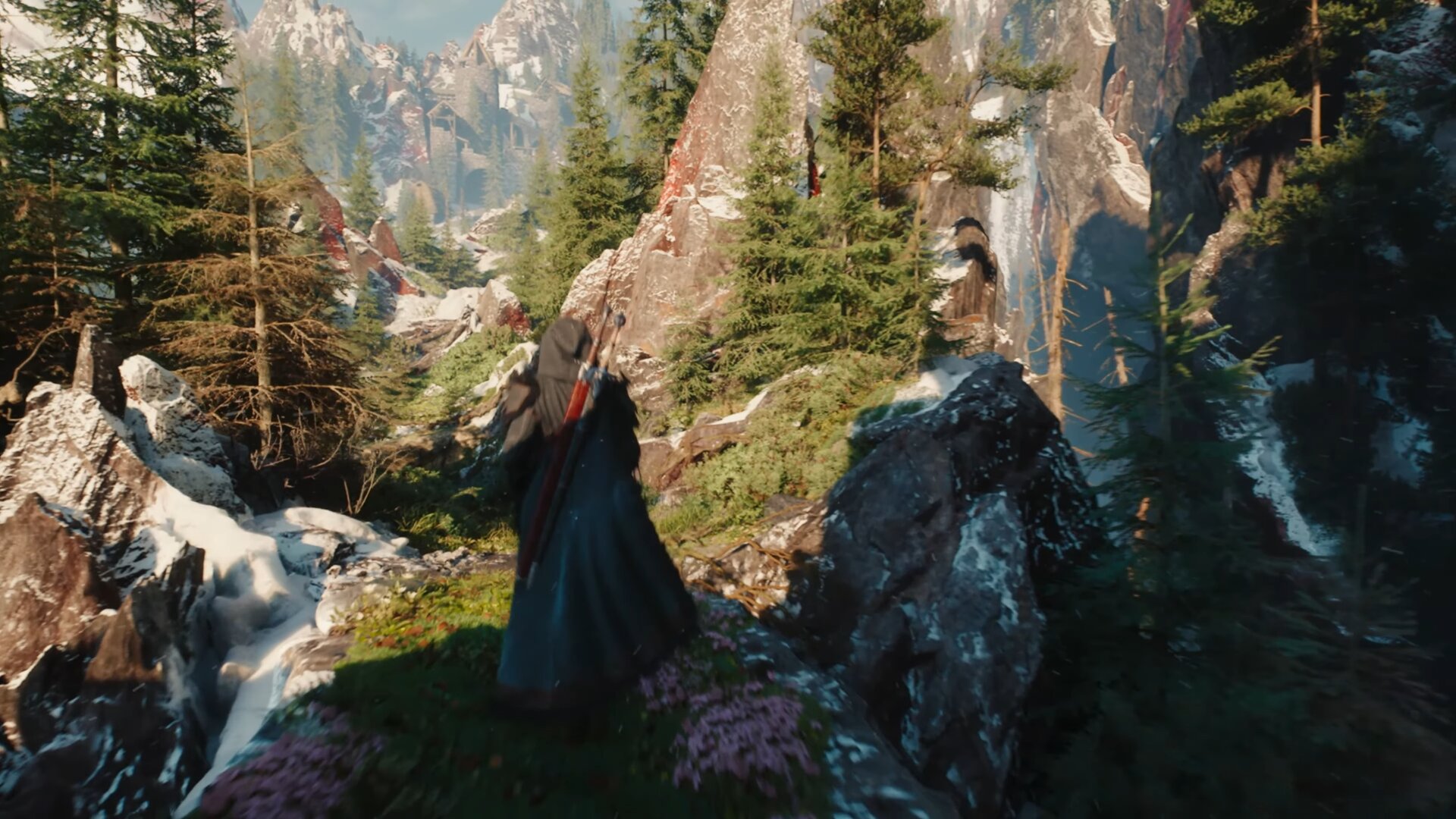
The very last shot from the demo showed Ciri looking at Lan Exeter in the distance. Lan Exeter is Kovir’s capital. Will it be the Novigrad of the fourth game? We don’t know yet.
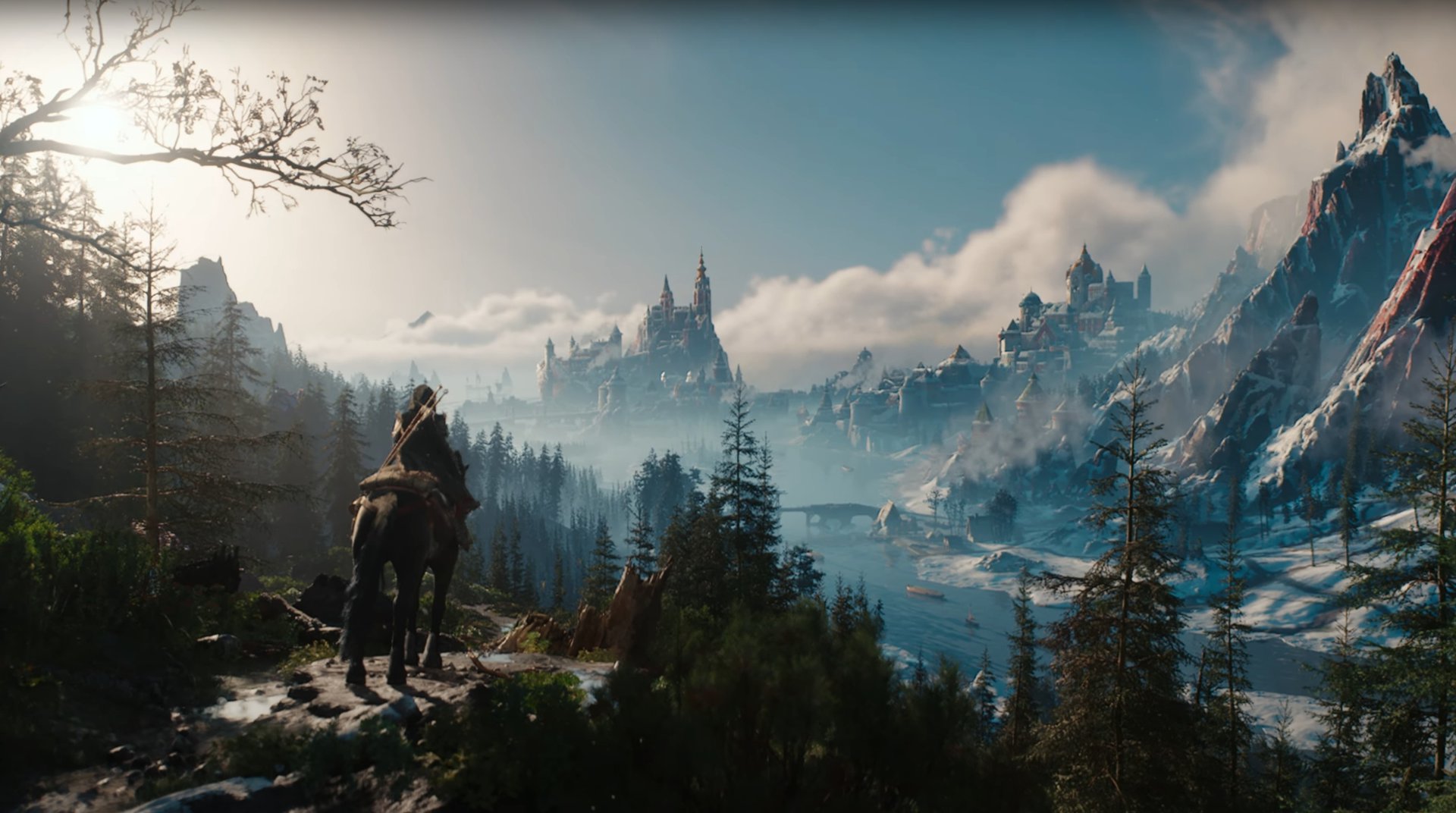
Kovir is not a place we have had a chance to explore thoroughly ourselves. In one of the endings available in The Witcher 3, if you had chosen Triss as your love interest, Geralt agrees to go live with her in Kovir. You don’t get to actually go there, though.

In The Witcher 3, there is a book titled “Kovir and Poviss” that you can find and read. It spawns as a random loot all around in many locations in the game, usually on book shelves, of course.
Kovir and Poviss are without a doubt the richest realms in the North. Few today remember that this was not always the case, yet their poverty was once literally on everyone’s lips, in the form of now-antiquated common sayings. As recently as the days of Heribert the Quarrelsome, one spoke of a particularly impoverished person as being “poorer than a mouse from Poviss,” called bone broth “Koviri delight” and referred to beggars as “praxedes,” after the bay along the shores of which these kingdoms lie.
Similarly, few remember that a mere handful of generations ago Kovir and Poviss were still part of Redania. King Radovid I, known as Radovid the Great, handed dominion over them to his hated brother, Troyden, with one stipulation – that he never leave his newly-acquired demesne and not interfere in matters of state.
Handing over this rocky scrap of far-northern ground (where, the saying went, the year had two seasons – August and winter) was naturally meant as a cruel joke, a slap in the face for the over-ambitious Troyden.
Yet time soon proved that Radovid the Great had made a grave error. Before long it was discovered that Kovir’s bare rocks hid priceless treasure in the form of enormous deposits of precious metals and rock salt. This discovery in turn led to tremendous growth in productive industry. Mills, forges and workshops sprouted up like mushrooms after a hearty rain.
Radovid III decided to correct his famous forebear’s mistake and take back the northern frontiers of his kingdom. He was convinced the combined armies of Redania and its then-ally Kaedwen would quickly bring this ever more audacious vassal in line. History took a different turn, however, and Kovir won a resounding, crushing victory. Radovid III was forced to sign the First Treaty of Lan Exeter, granting Kovir independence while binding it to eternal neutrality – a promise Troyden’s successors have kept with great diligence.
Until recently Kovir was ruled by Esterad Thyssen, a king as wise as he was greedy. Yet his untimely demise did not stop his lands from continuing to develop and blossom. Koviri metallurgists proudly compete with the best Mahakam can offer, and many believe the University of Lan Exeter long ago surpassed the famous Oxenfurt Academy as the leading seat of higher learning in the North. And so it has come to pass that, over the course of a few generations, the inhabitants of Kovir and Poviss have turned from paupers into princes, from beggars into bankers.
Who and what is Kelpie
Kelpie is Ciri’s horse. This magnificent black mare used to belong to a man named Hotsporn (original name from Polish), a side character part of Ciri’s storyline in The Lady of the Lake book.
After Hotsporn’s death, Ciri obtained his horse and gave it the name Kelpie. Kelpie was believed to have magical or some sort of mythical and unexplained powers.
We have not seen Kelpie in any of the games yet. The Witcher 4 would be the debut of this beautiful beast. Although, with a number of years that have passed since the origin story of Ciri and Kelpie, this could be a different horse.
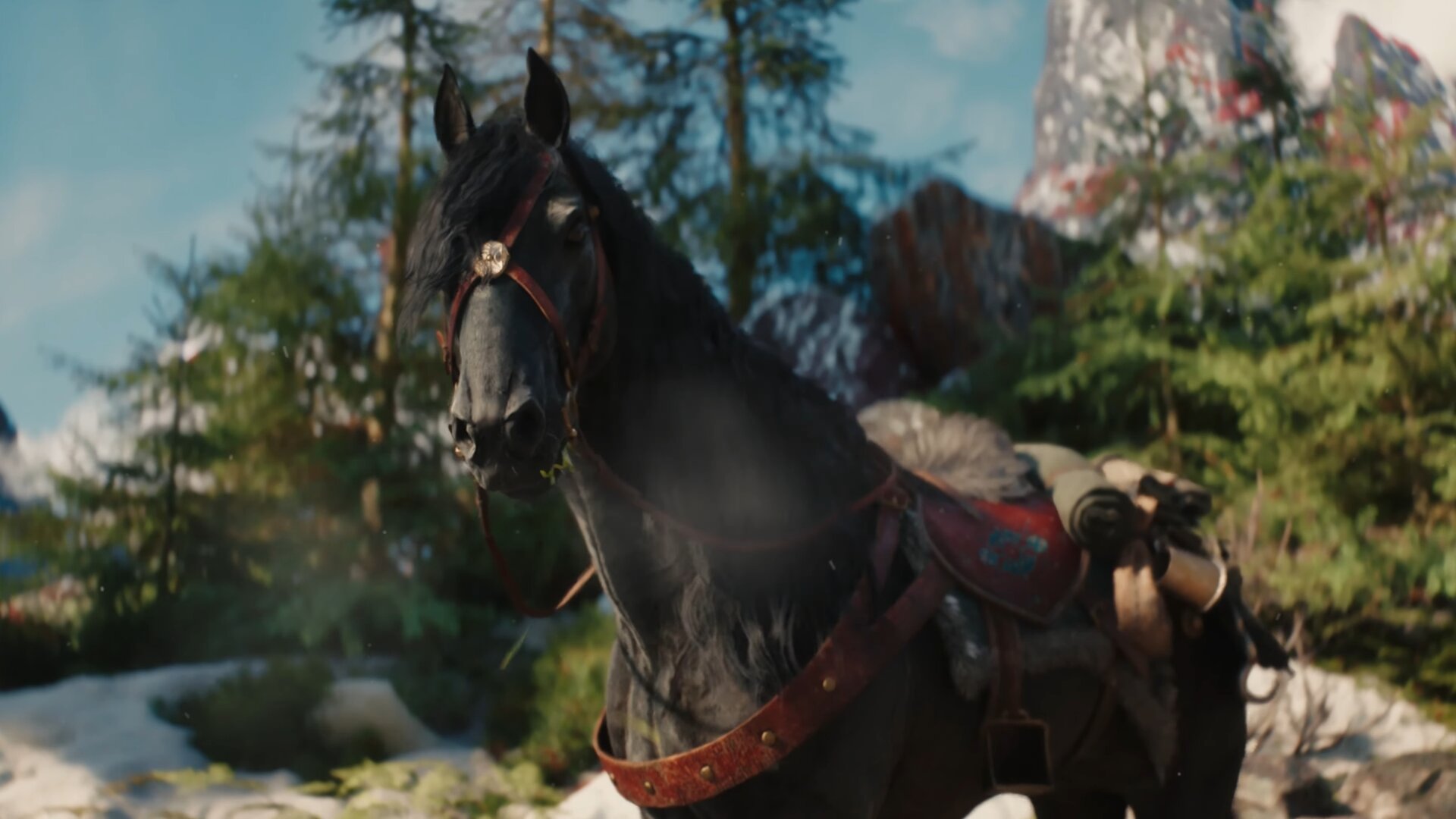
Perhaps Ciri follows Geralt’s habit of giving the same name to all horses. I personally believe this is the real actual original Kelpie.
It looks stunningly beautiful, it’s black and fits all possible descriptions we have read or seen about this mount before. Plus, the CD Projekt Red team members presenting the tech demo specifically said “meet Kelpie”. Ass in “THE Kelpie”.
The original name in Polish for Geralt’s horse is Plotka. This is also the name my collection of books in Bulgarian use as well.
In The Witcher 3 Kelpie is mentioned a few times and is even a major clue in one of the earlier main quests, Wandering in the Dark.
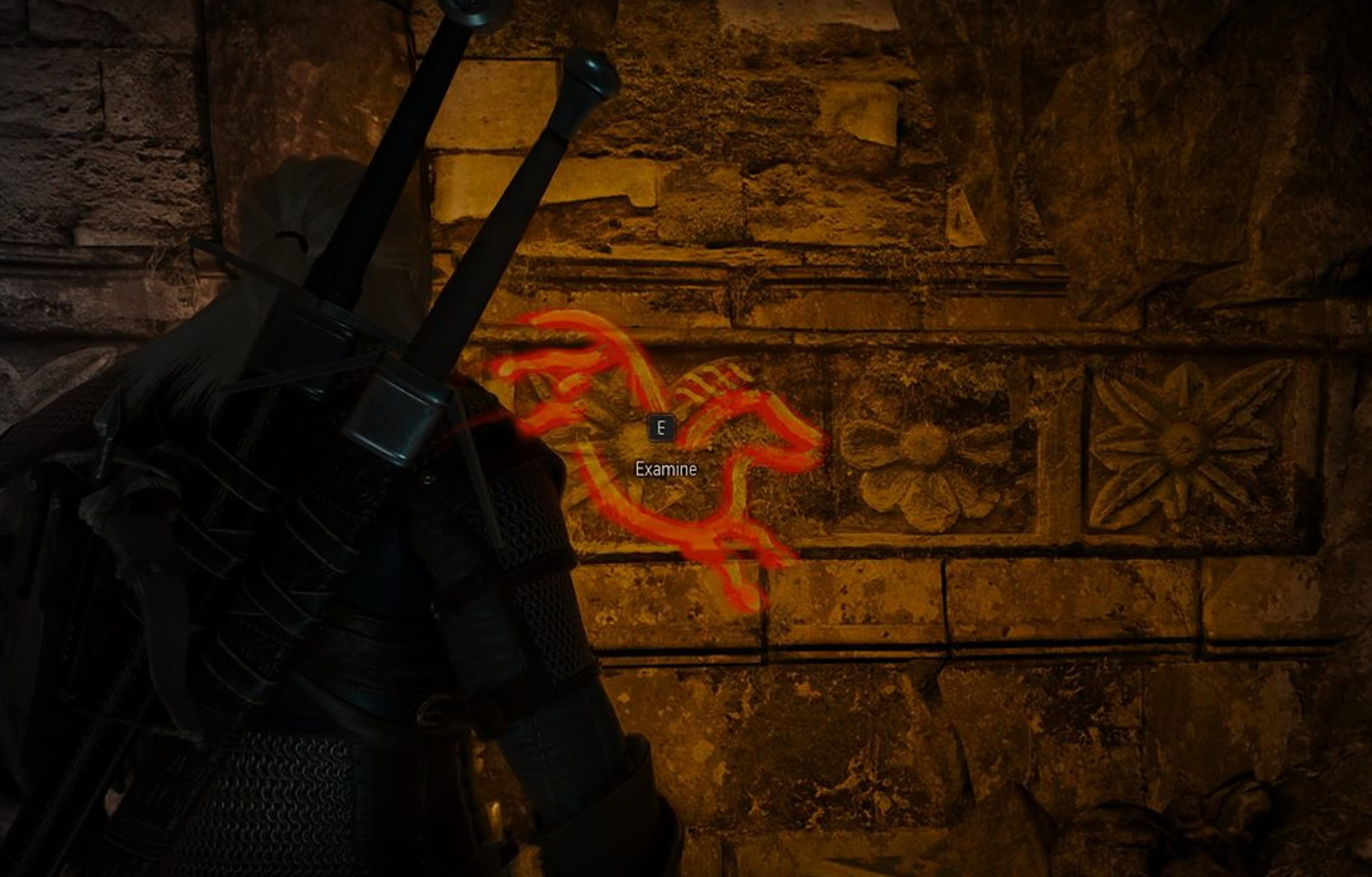
In our world, Kelpie is a mythical sea creature. Half human and half horse. Some cultures describe it as a shapeshifting creature. They were quite tall too, reaching often two meters in height.
The port town of Valdrest
Valdrest is a bustling port town is new to the lore of the world of the Witcher. I have not heard or seen it mentioned anywhere before.
From what we saw in the tech demo, it is more or less a standard-looking town hub where you would meet some vendors that you can trade with and possibly pick up a contract or two on your way in, out or through.
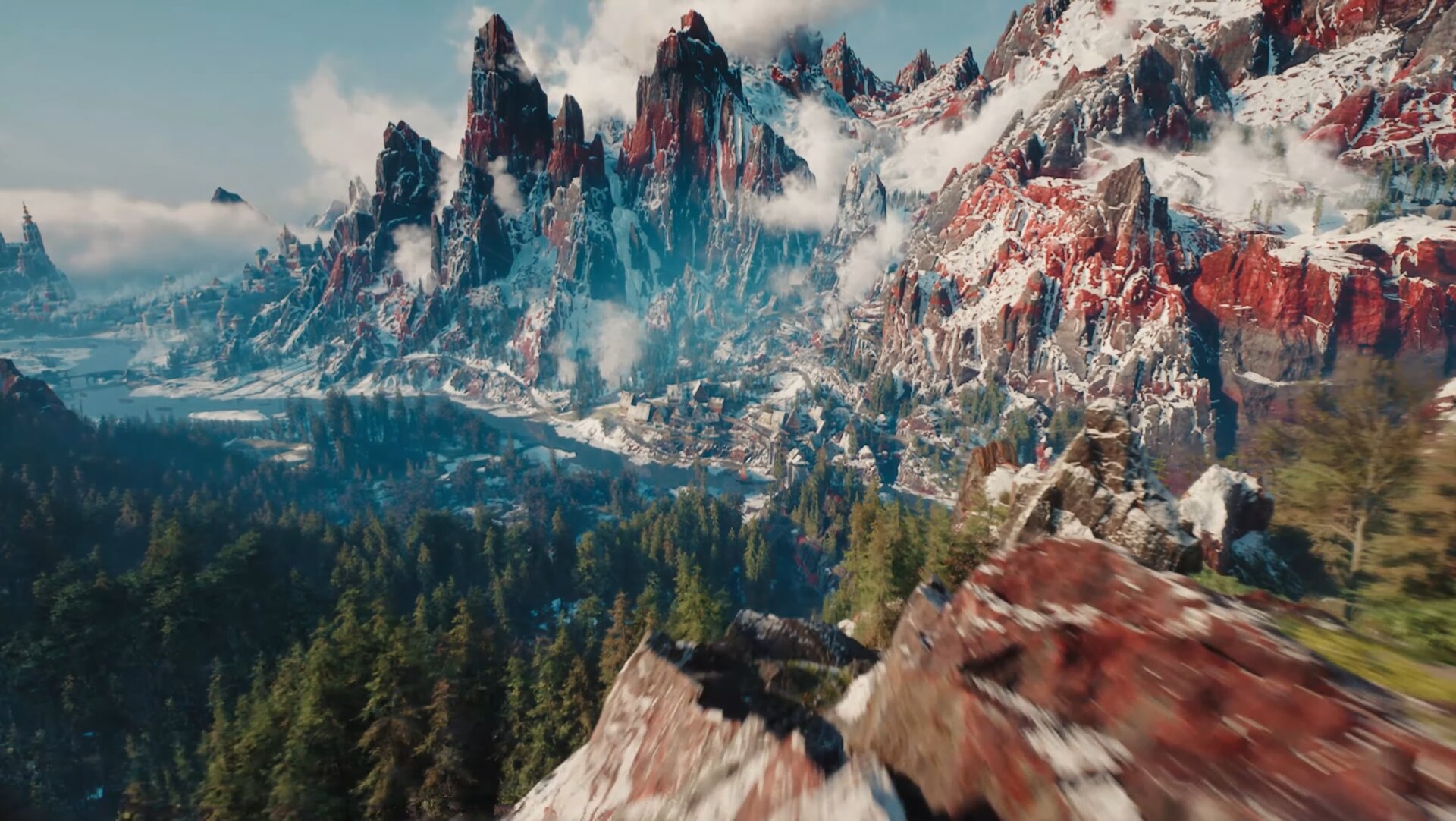
The demo showcased incredibly flexible and realistic crowds, NPC behavior and interactions.
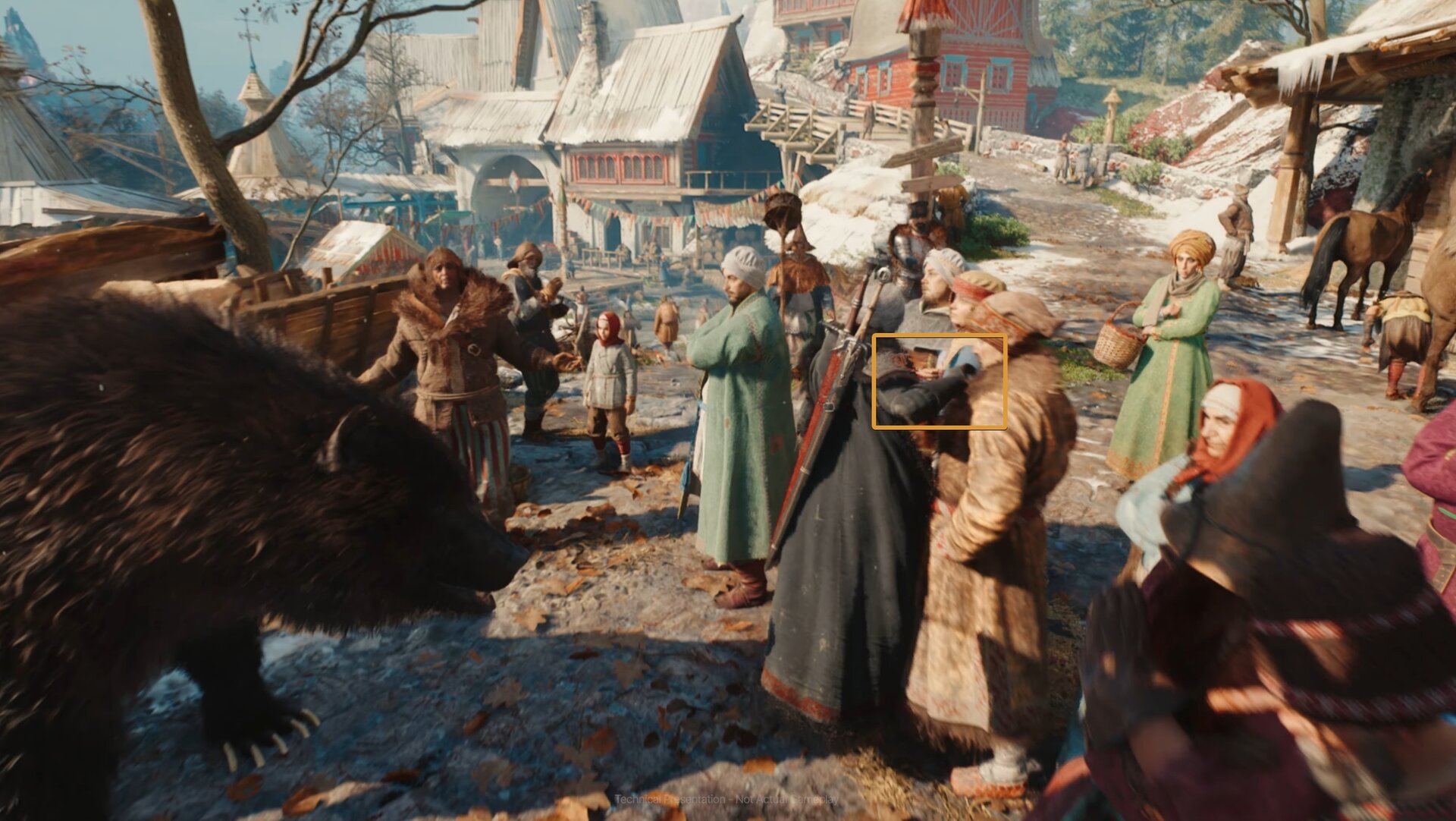
The scene where Ciri walks through the town’s market, reminded me a lot of another (tech) demo you may have seen a few years ago for an infamous game from BioWare.
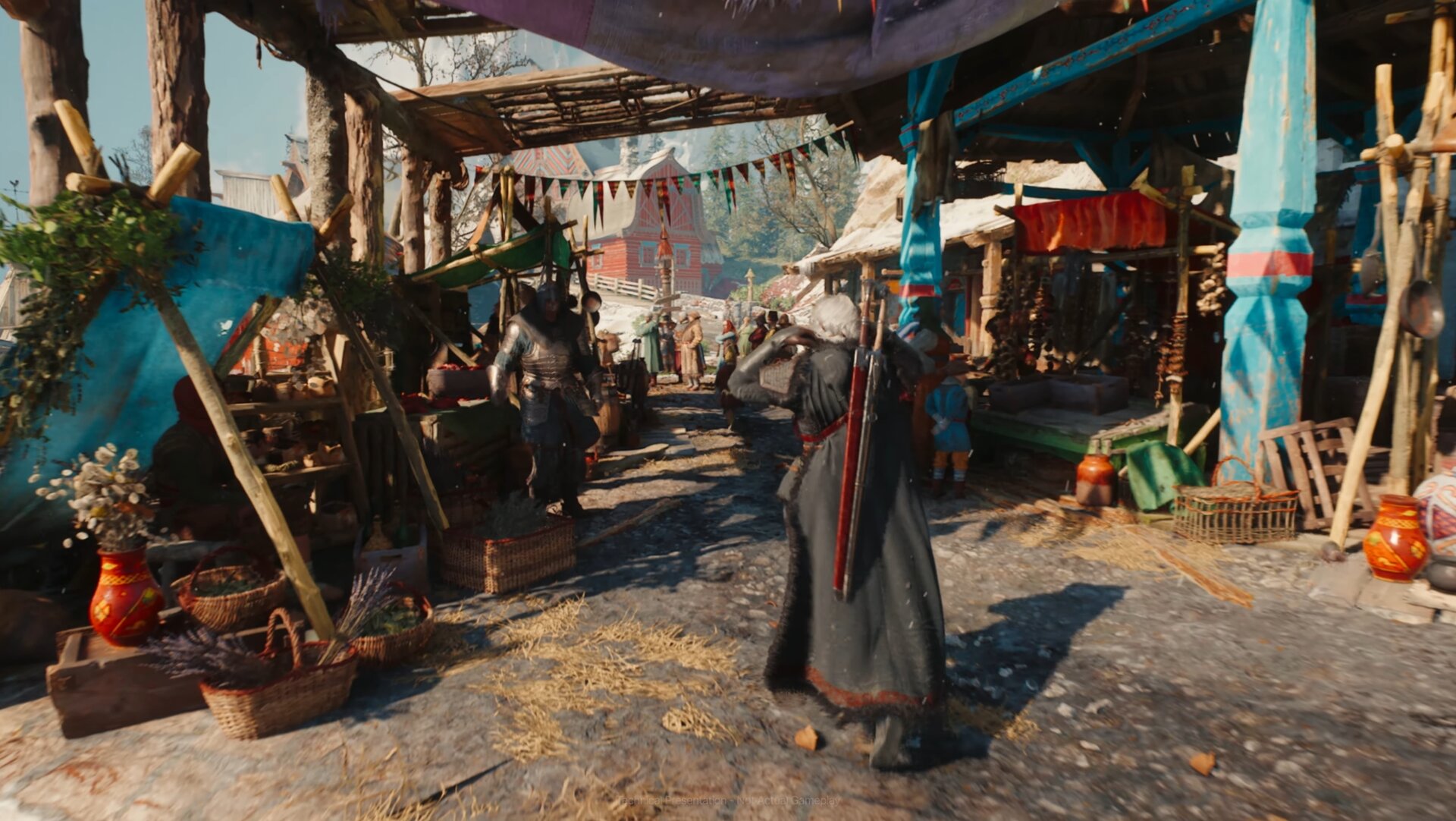
At least in this case, the developers are very clear that this is a simulation of the engine’s capabilities and not an actual scene from the game.
Dynamic day and night cycle
I am not sure this was even a question in any of our minds, considering what we already have in The Witcher 3, but I thought it would be nice to confirm it again for The Witcher 4. And Unreal Engine’s power would surely produce stunning lightning effects for the night scenes.
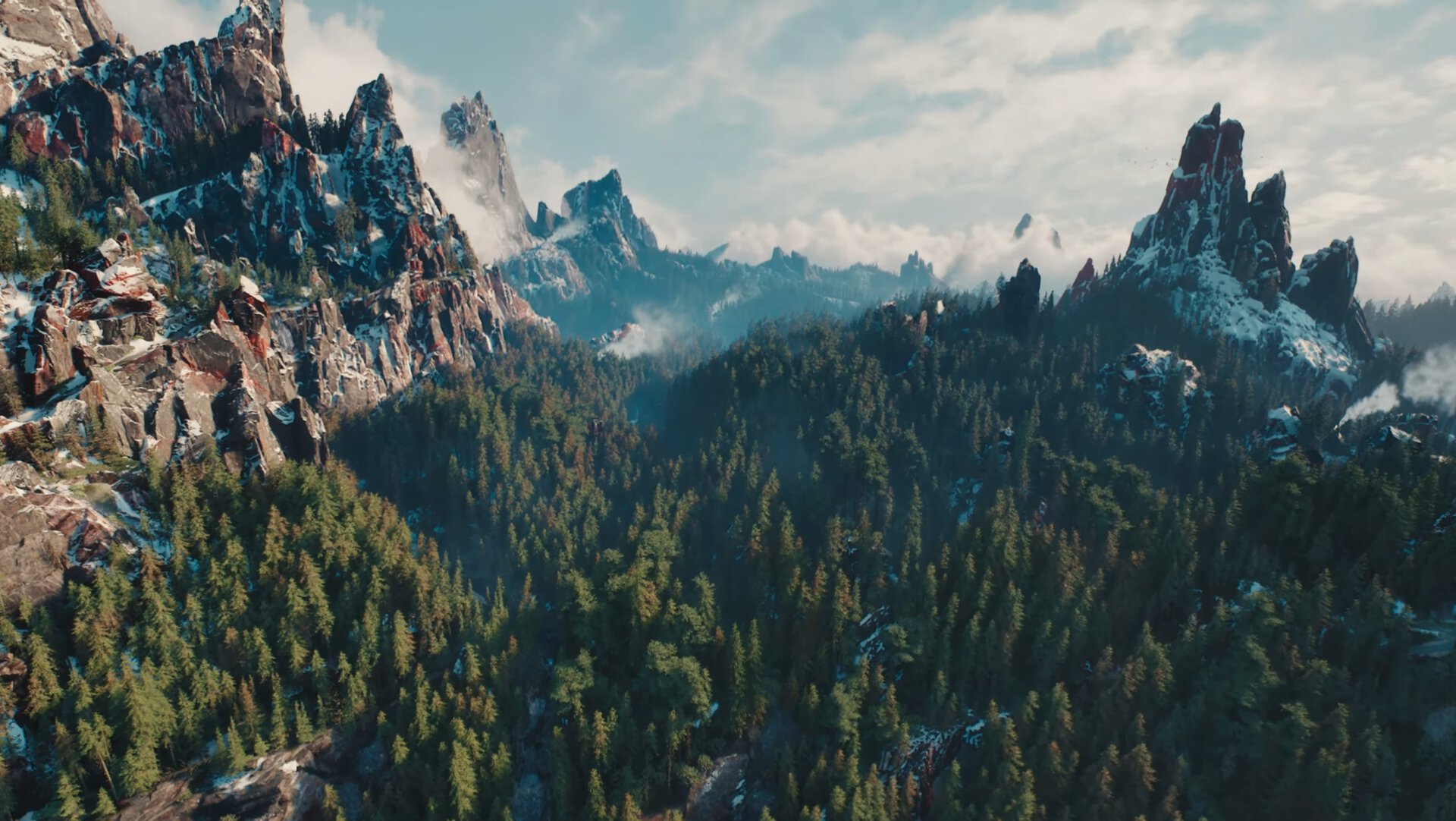
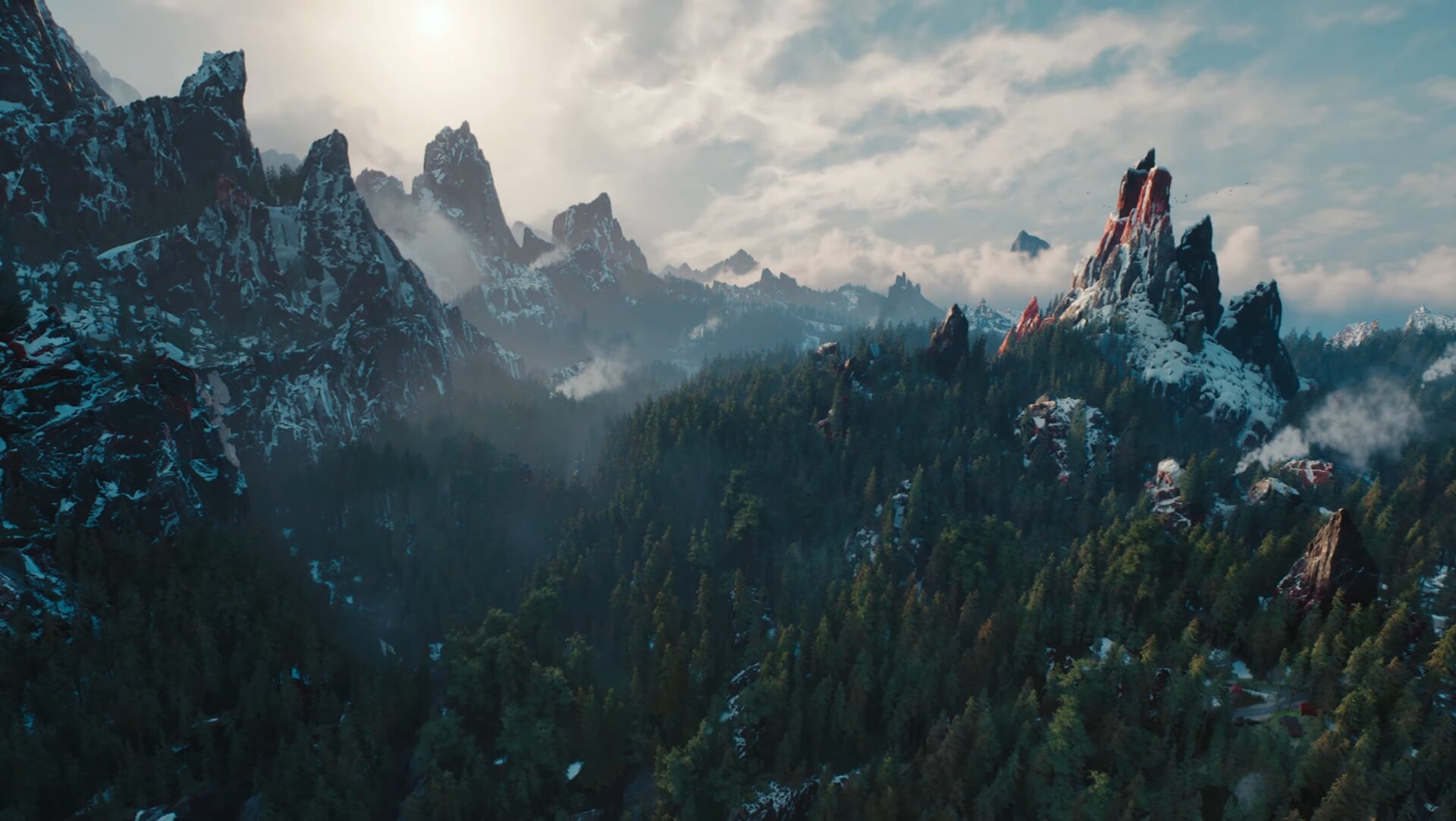
Bottom: Fog and Shadow in the same area
Ciri’s appearance
Ciri is definitely older in The Witcher 4. She is a “witcheress”. I personally didn’t mind her appearance in the first teaser trailer, but here she looks a lot more like her young self we know and love from The Witcher 3.
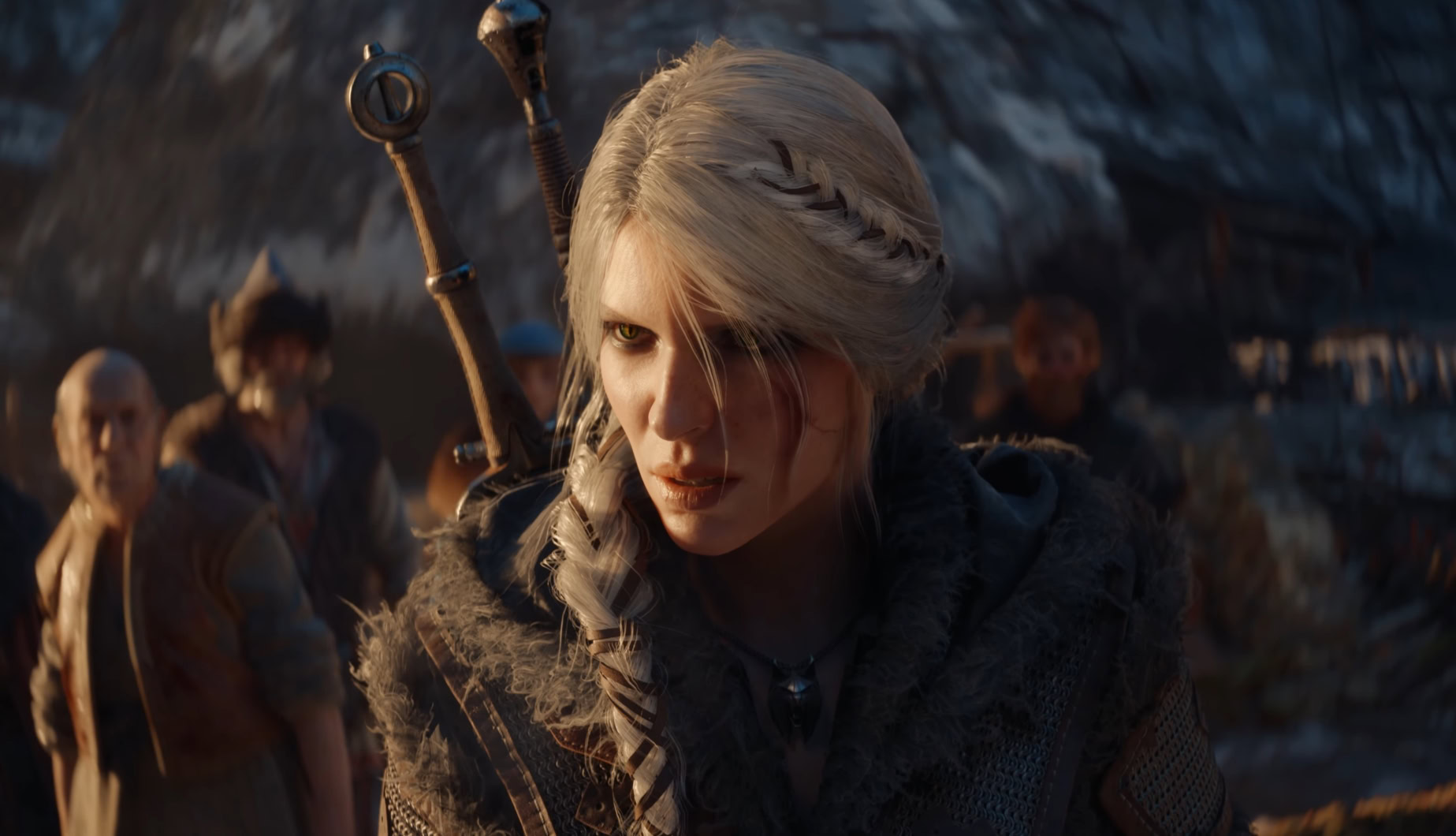
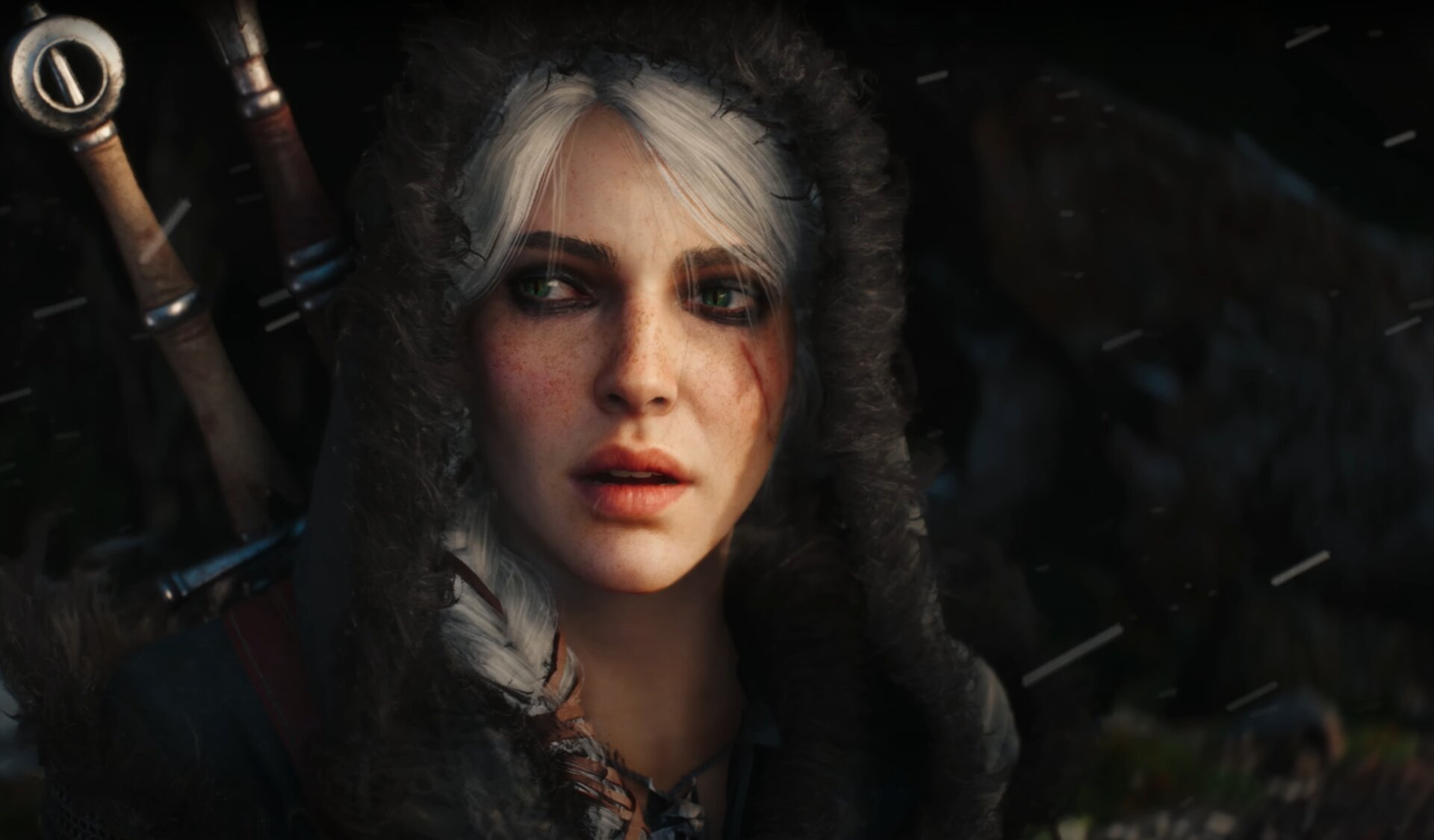
Bottom: Ciri in the Tech Demo of The Witcher 4
Ciri has retained her emerald green eyes. We still don’t know what she has gone through to become a witcher. Given how she is the first woman to become a witcher, I would love it if CDPR explore this process in more detail in the upcoming game.
Ciri is now wearing the lynx medallion we saw in the very first teaser image for the game. How did she become a part of the School of the Lynx, this is yet another unknown.
The Manticore
The creature is not one we have faced in the Witcher games before It is mentioned and involved in several stories in all three games.
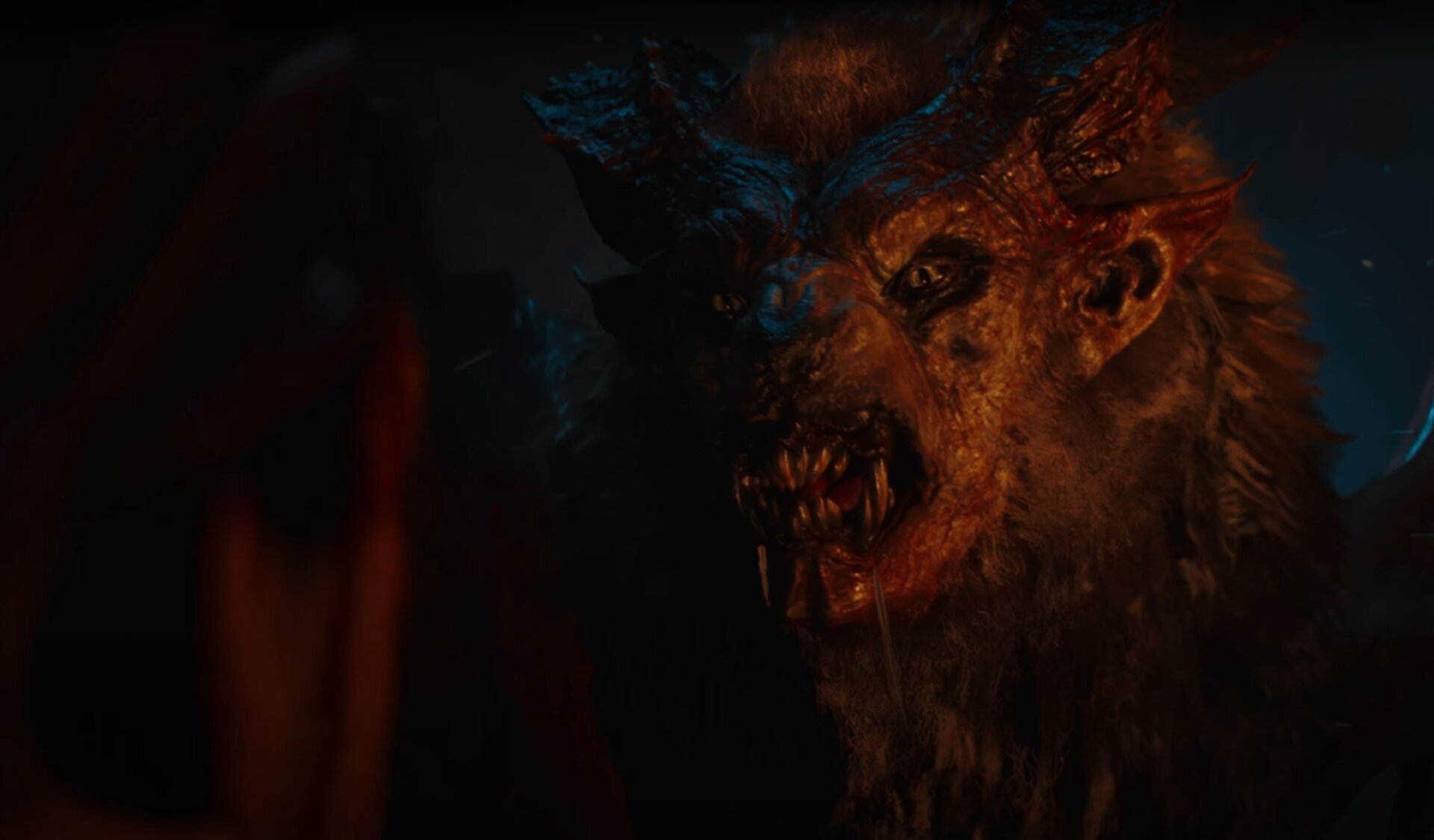
If you own the Blood and Wine expansion to The Witcher 3, you likely have enjoyed crafting and wearing the Manticore witcher gear set.

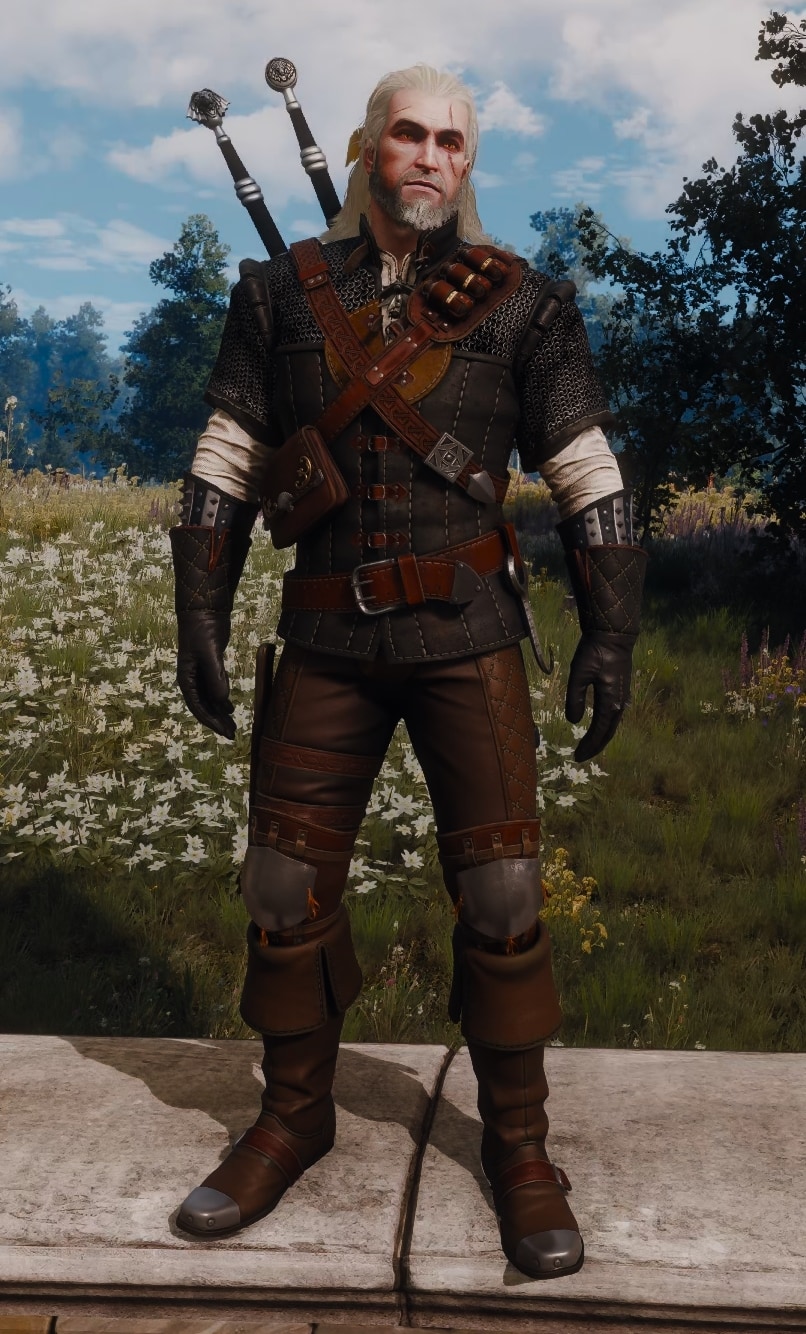
The armor set Geralt wears in the first game, is actually the same-looking set as the Manticore gear from Blood and Wine. In the first game, this was just a generic witcher attire. In the third game’s second expansion, they brought the original appearance and decided to call it “Manticore”. So, to confirm, Geralt was not actually wearing a Manticore school gear in The Witcher 1.
The Manticore was rumored to be planned during development but was cut later due to various time constraints and likely budget limits among other reasons.

